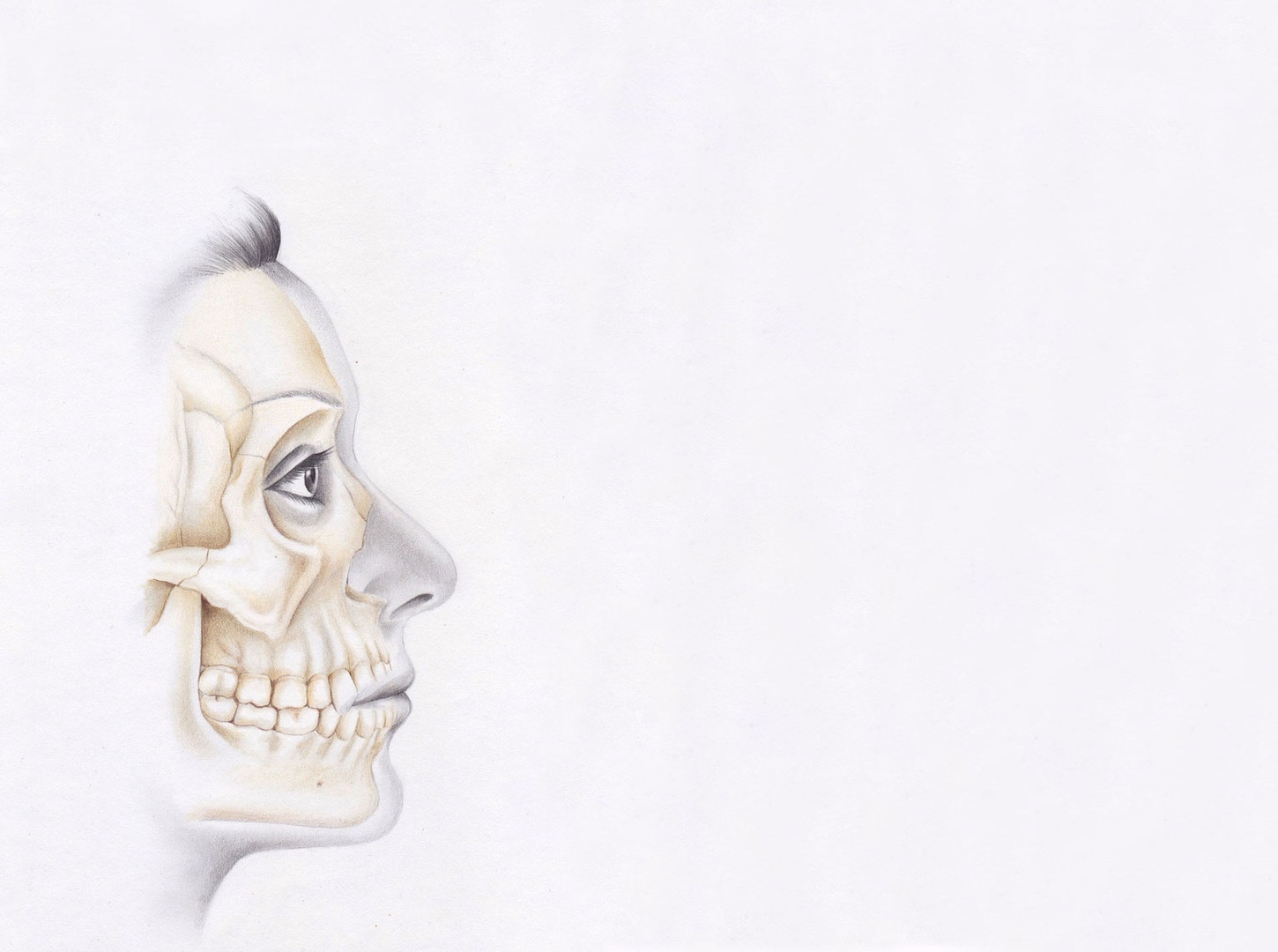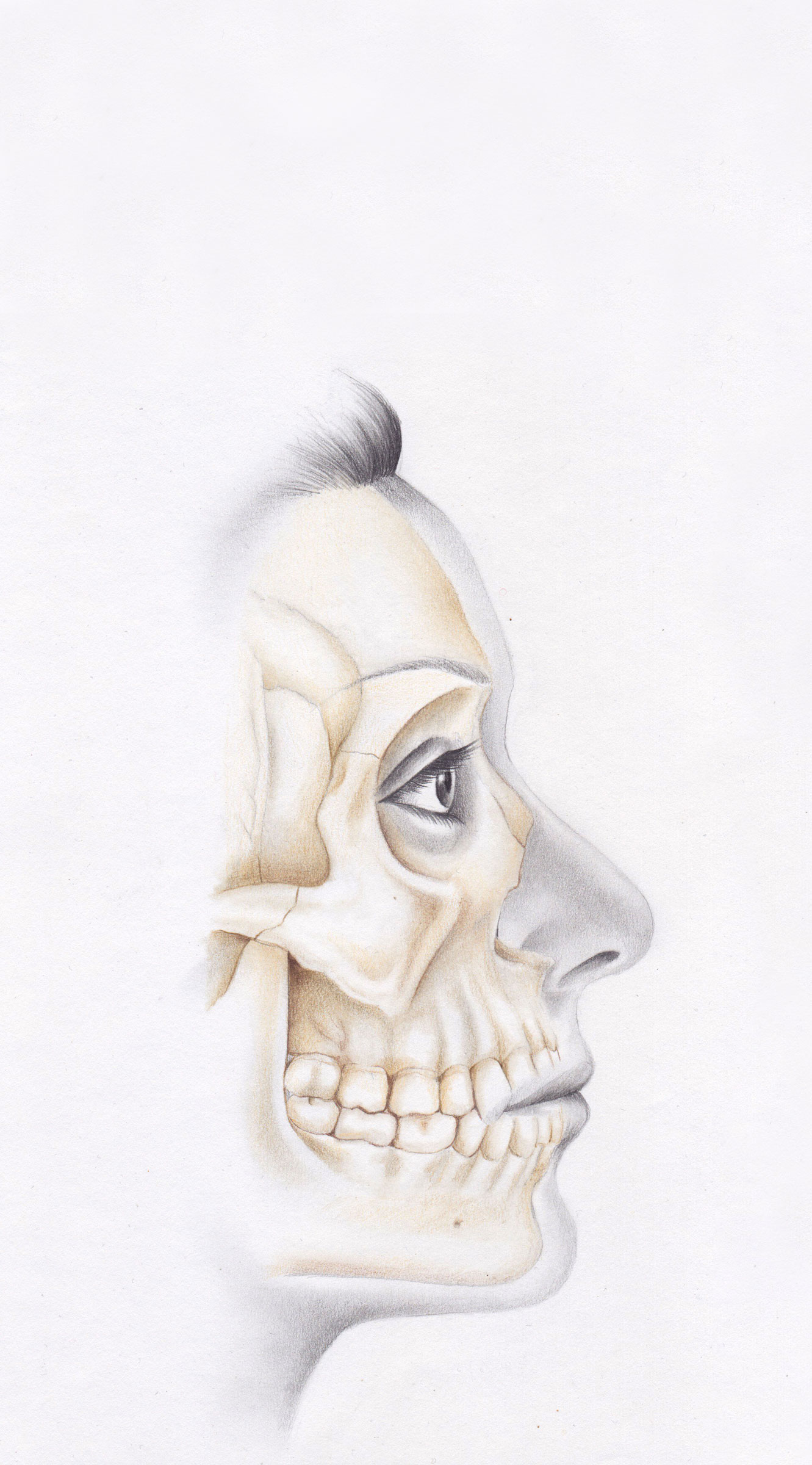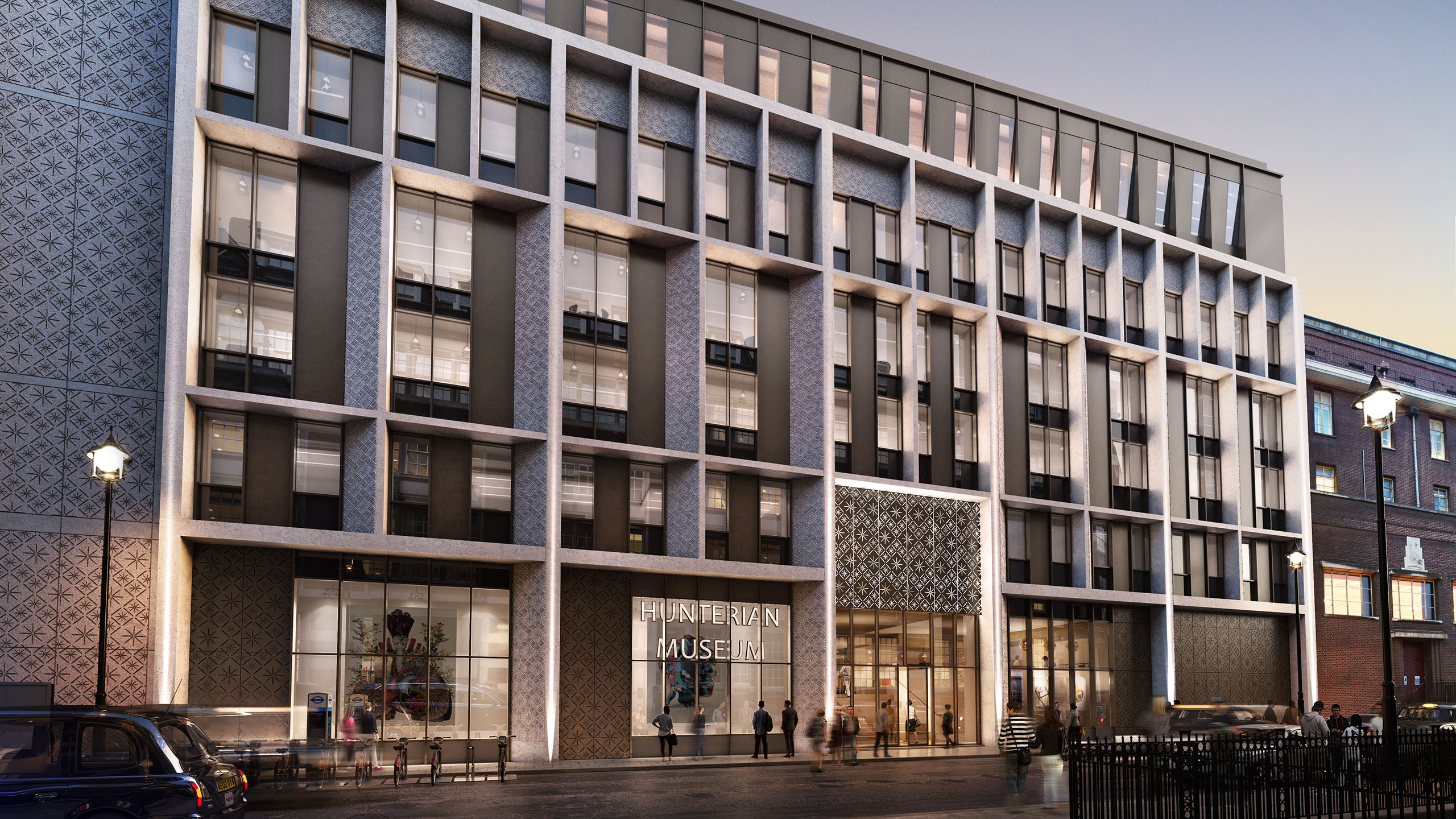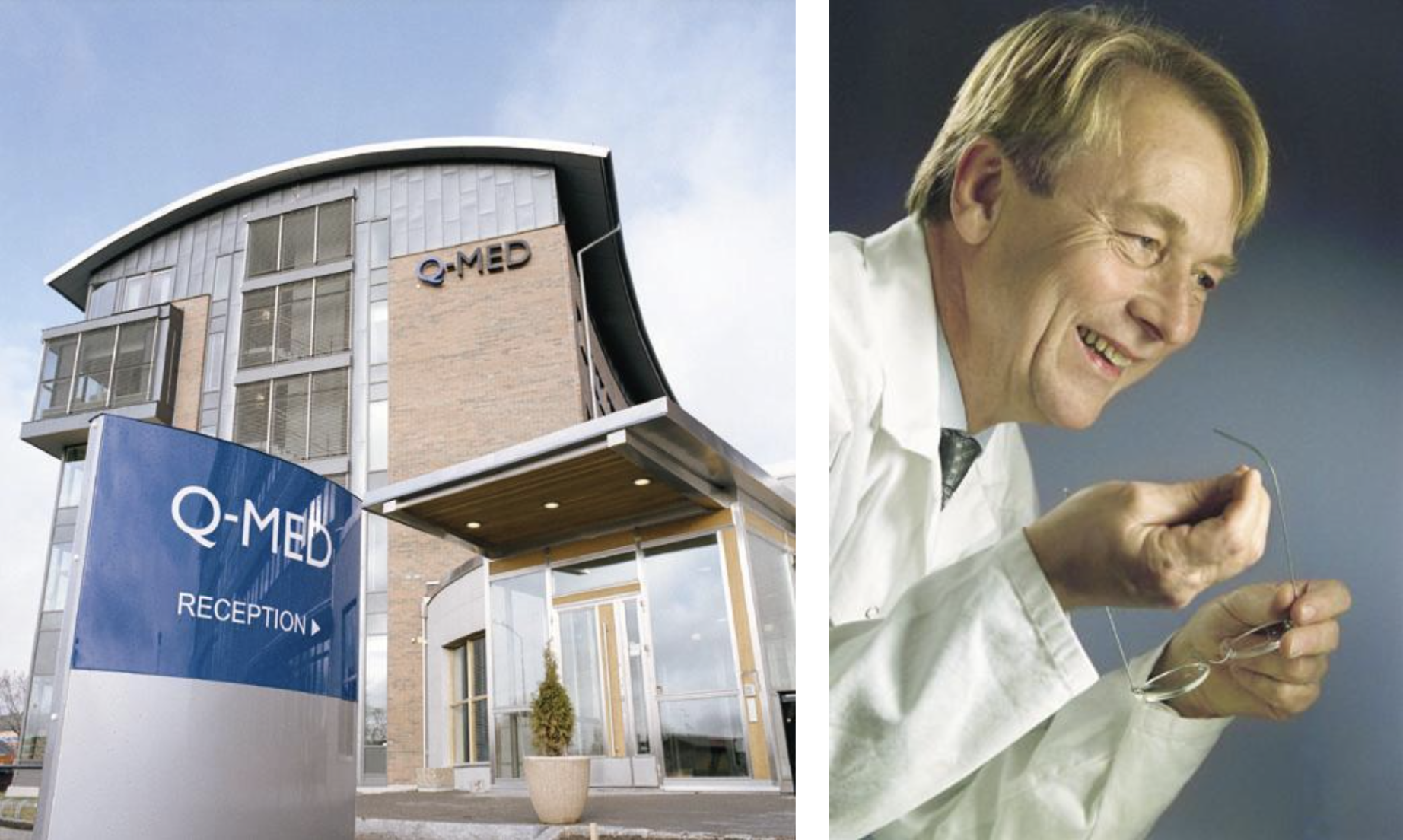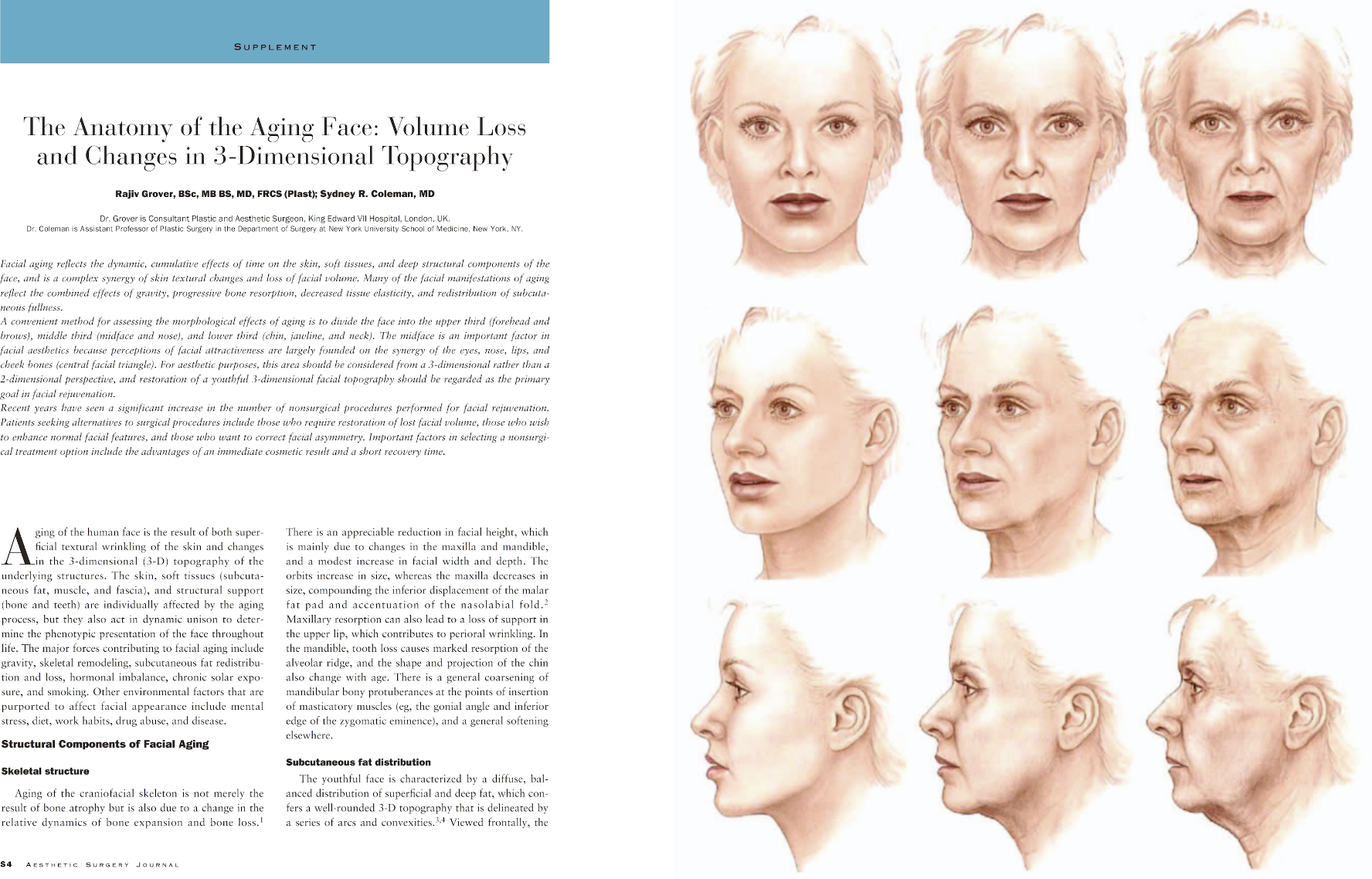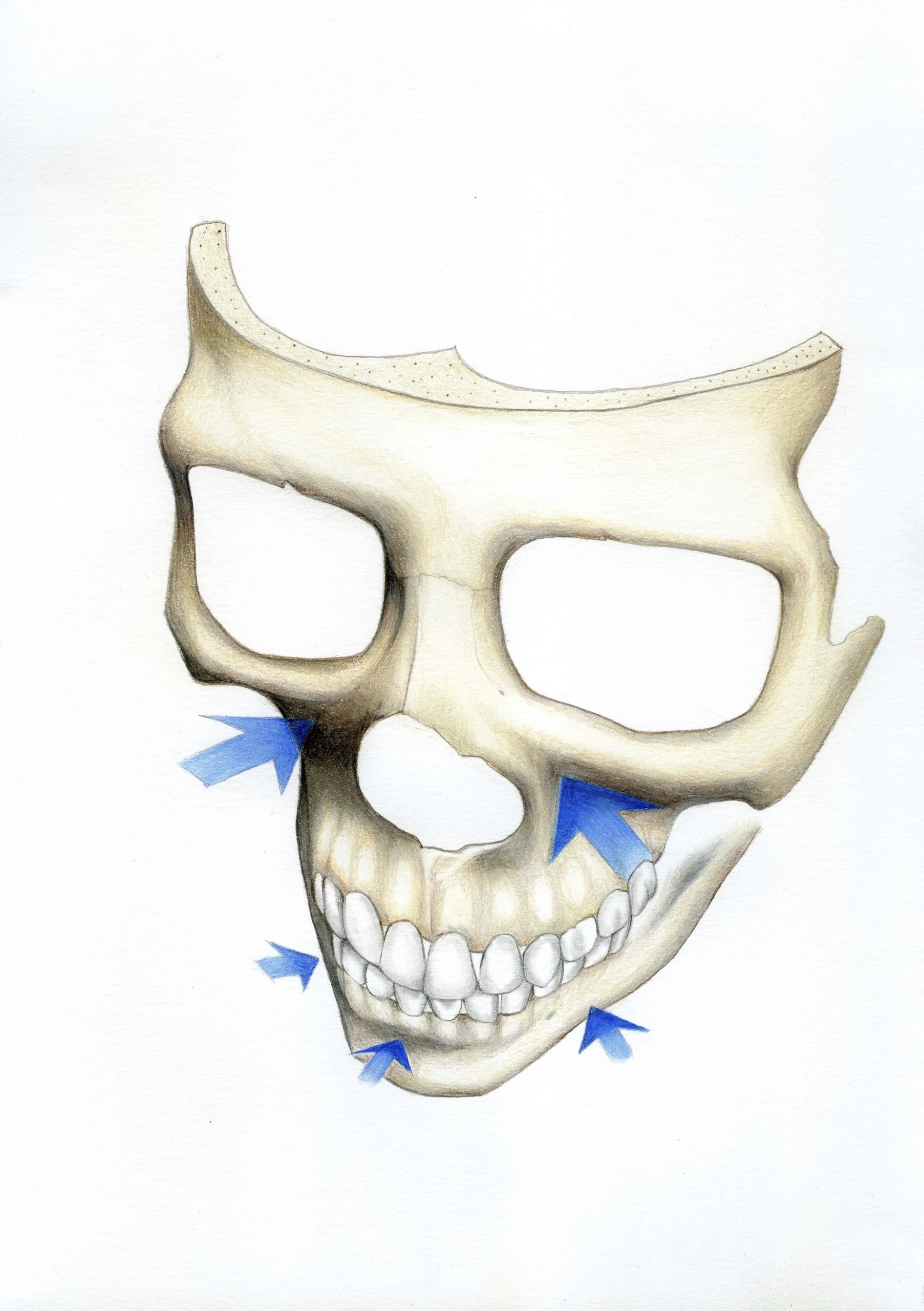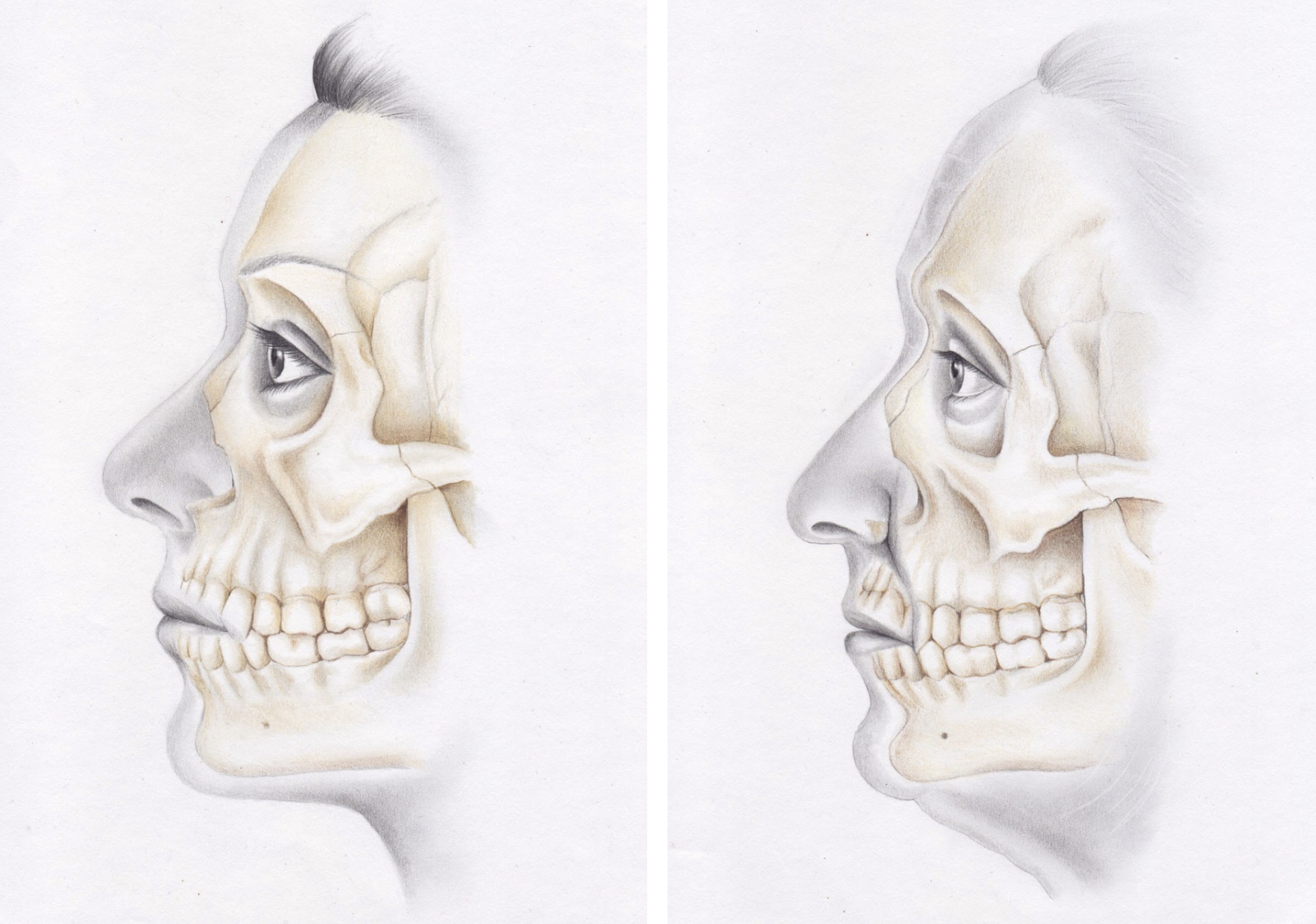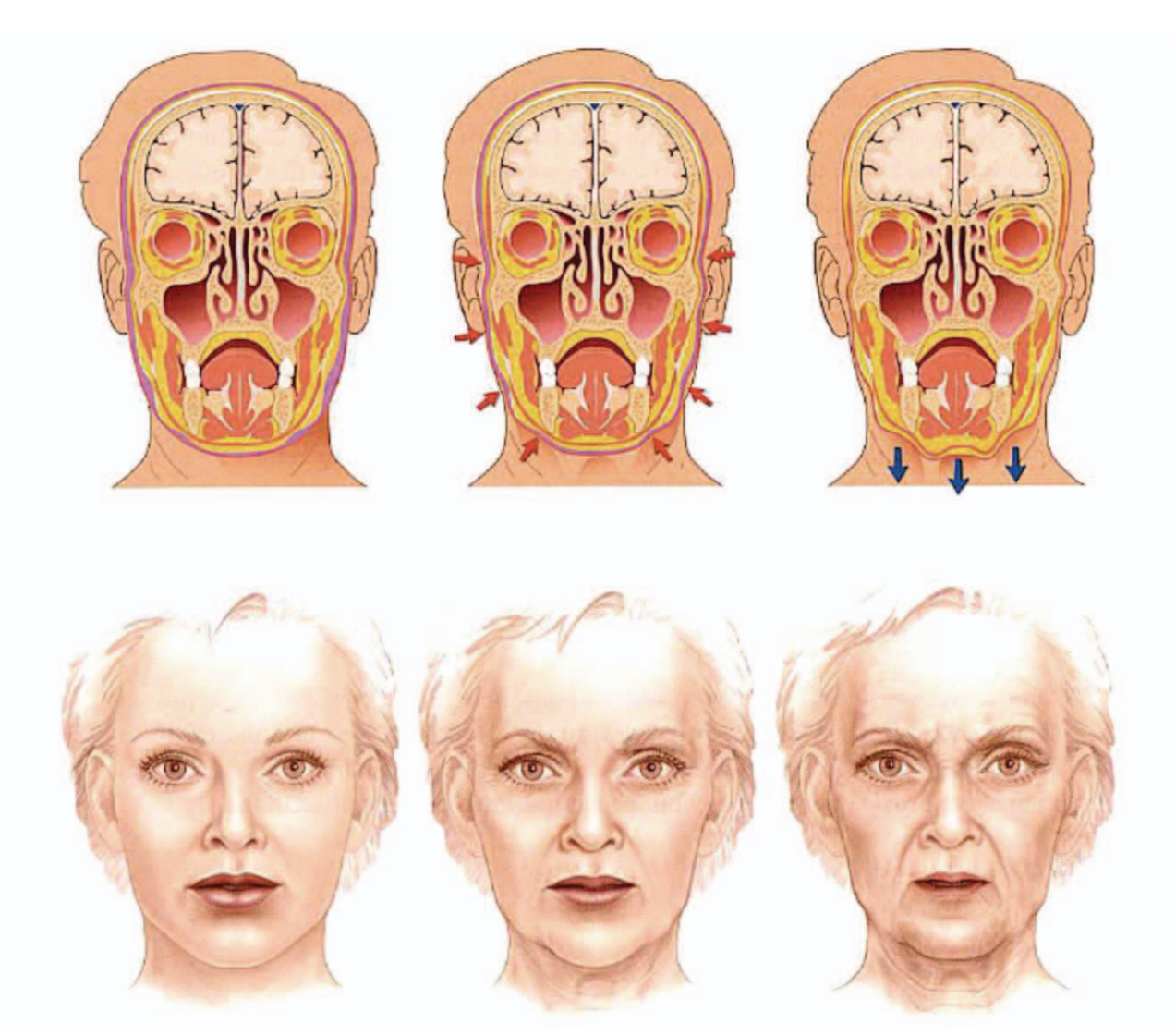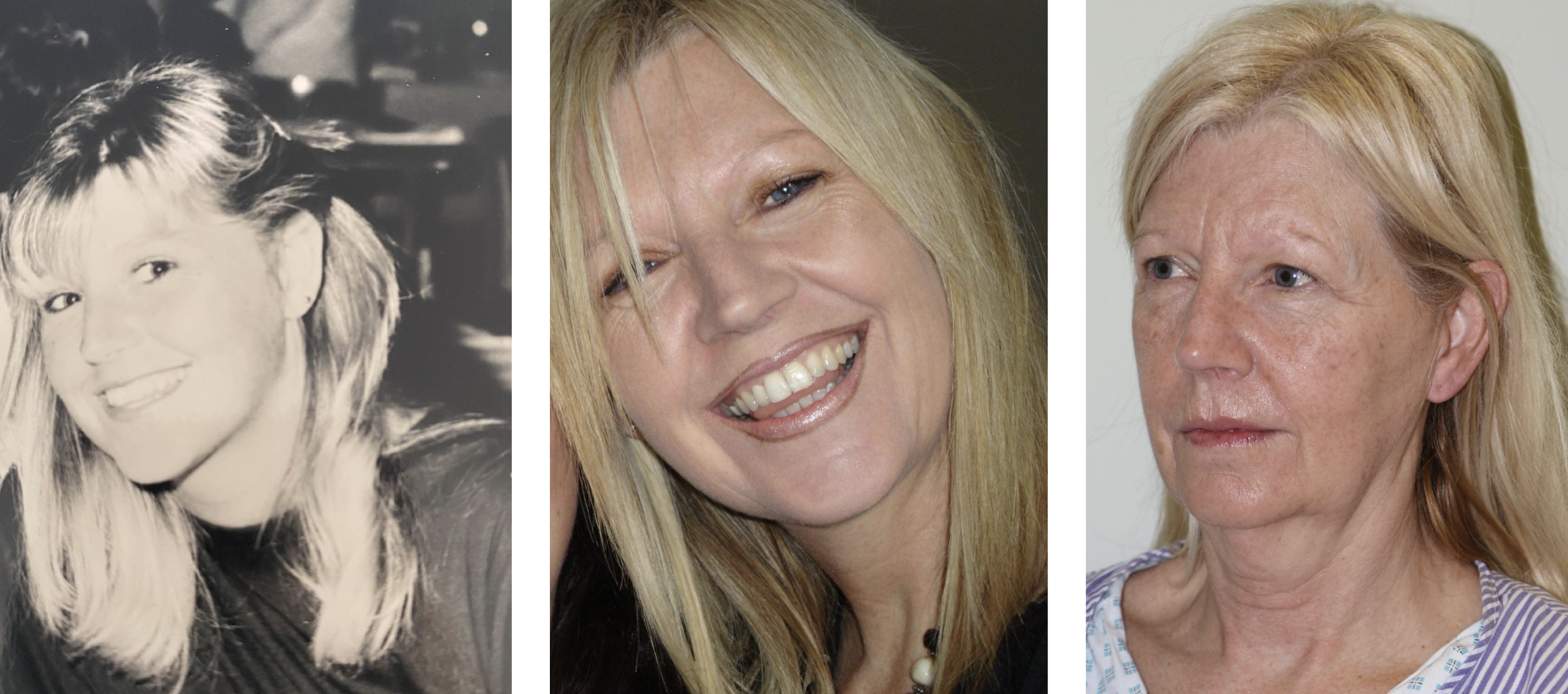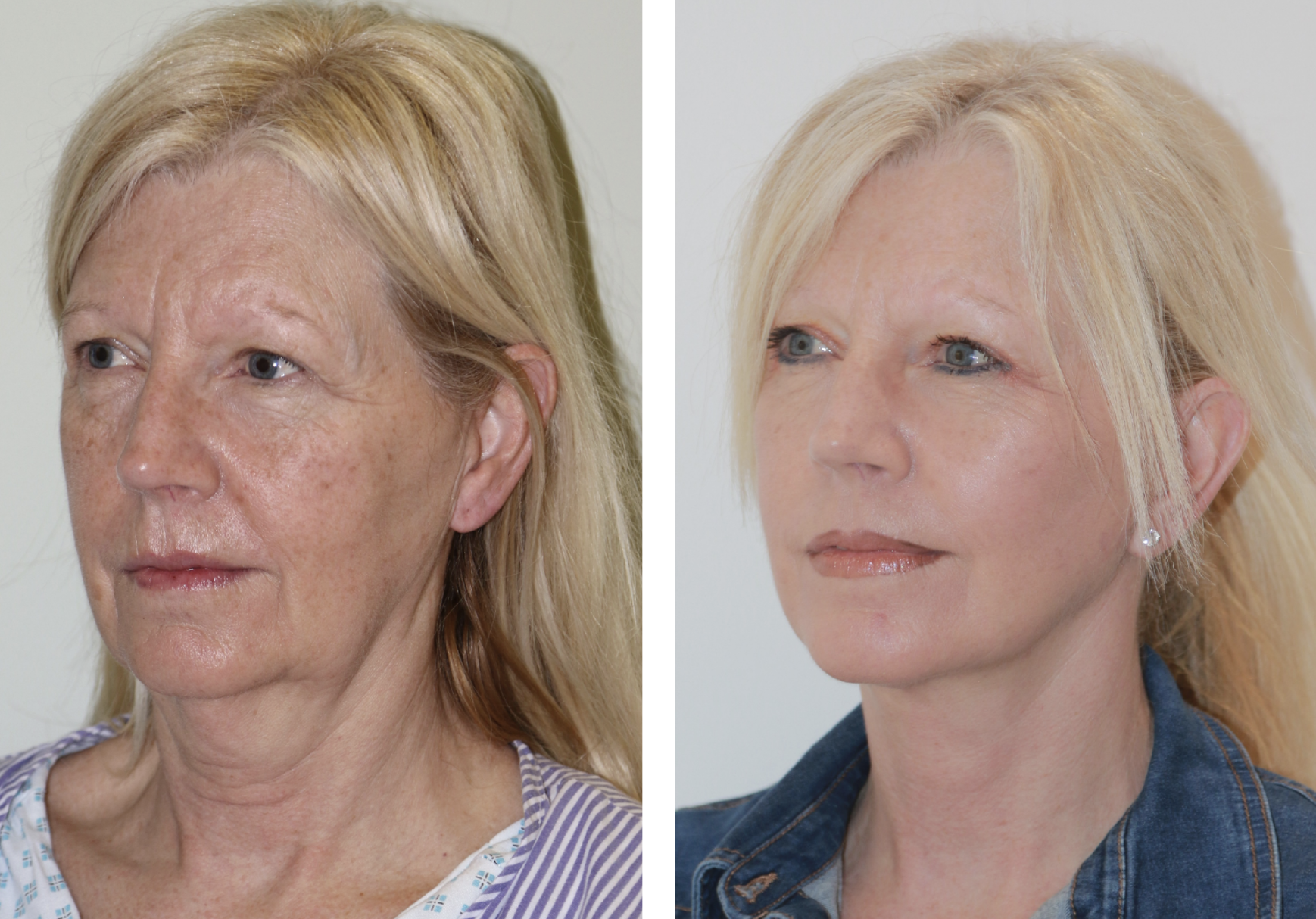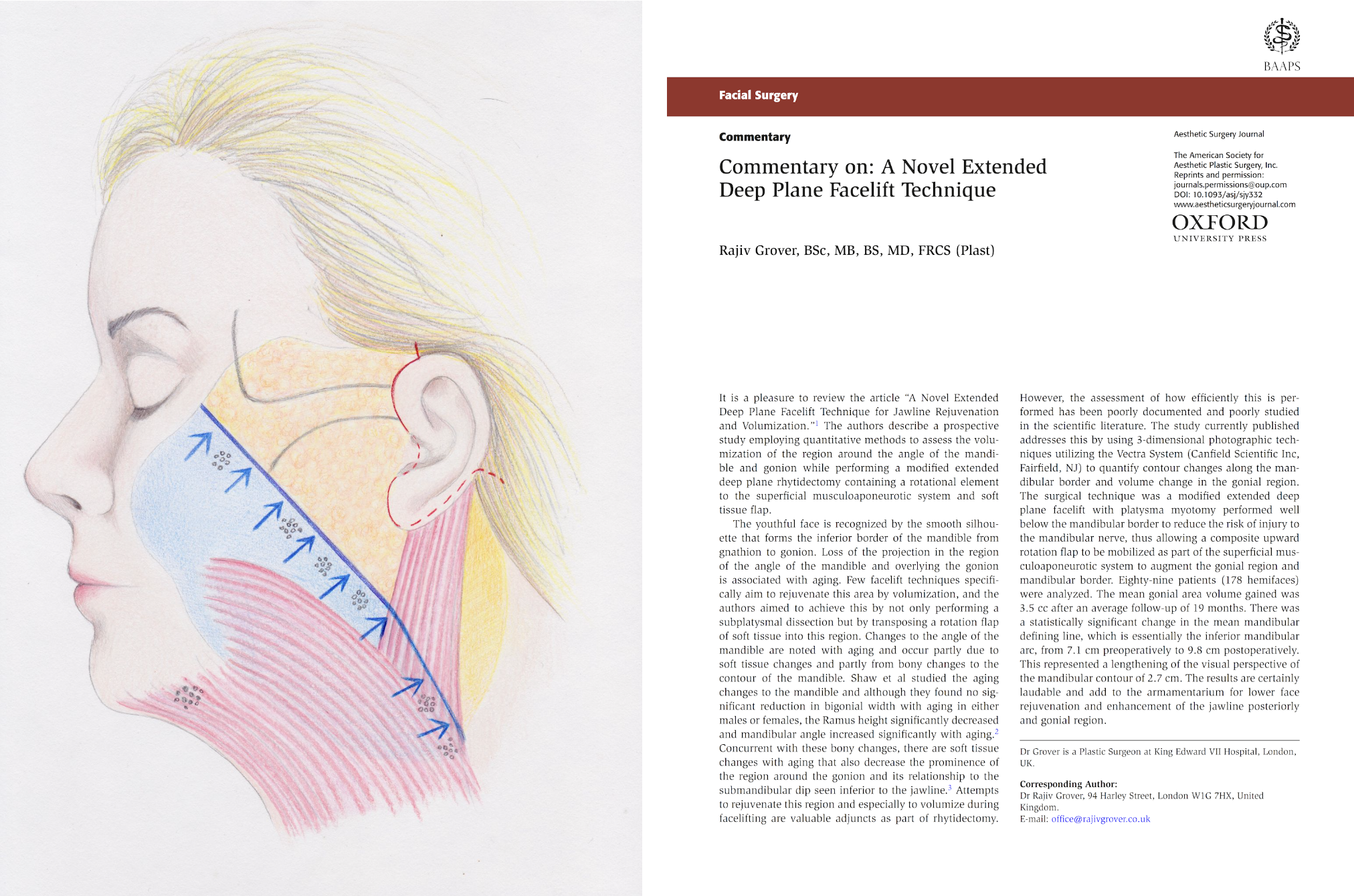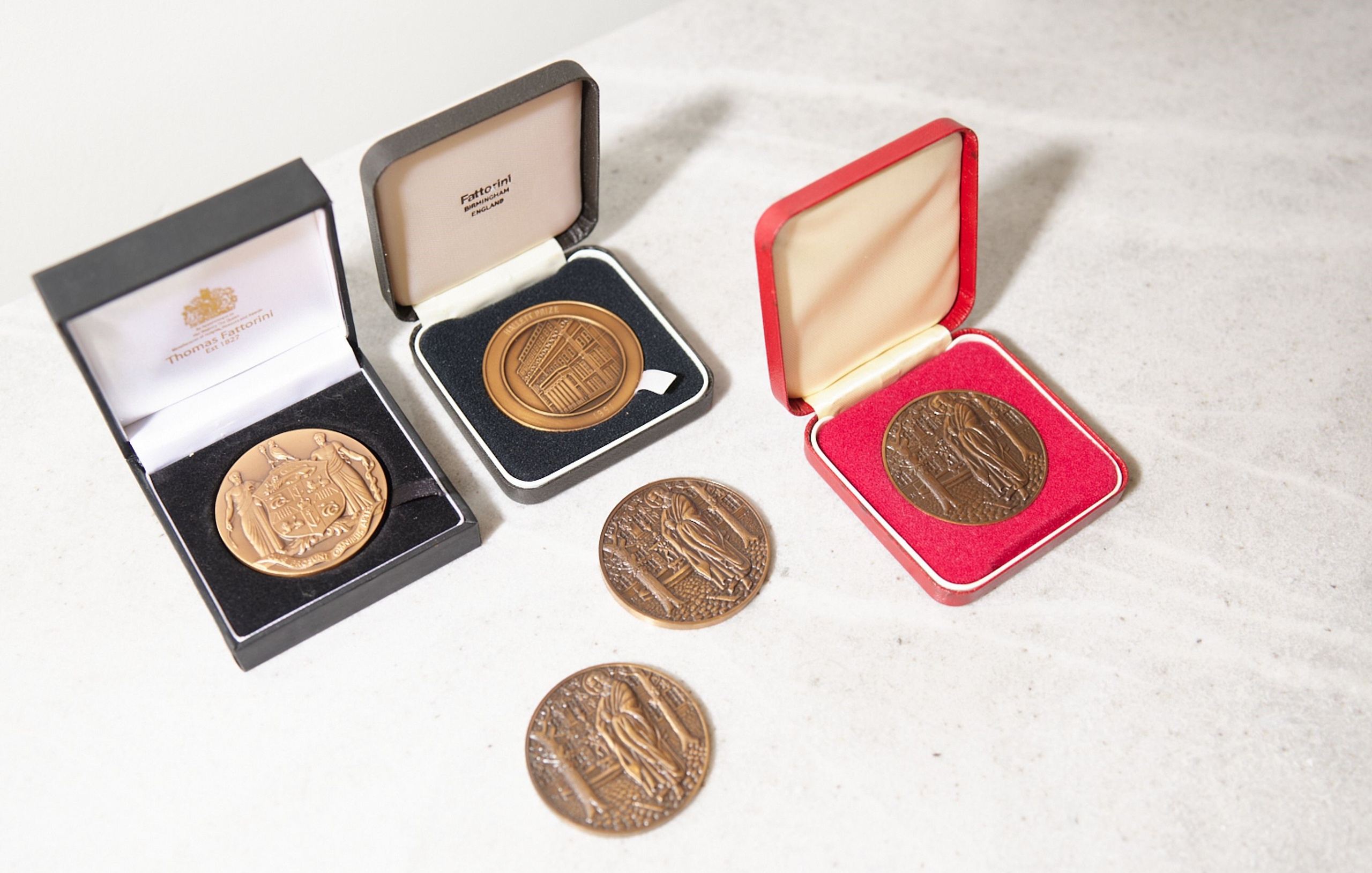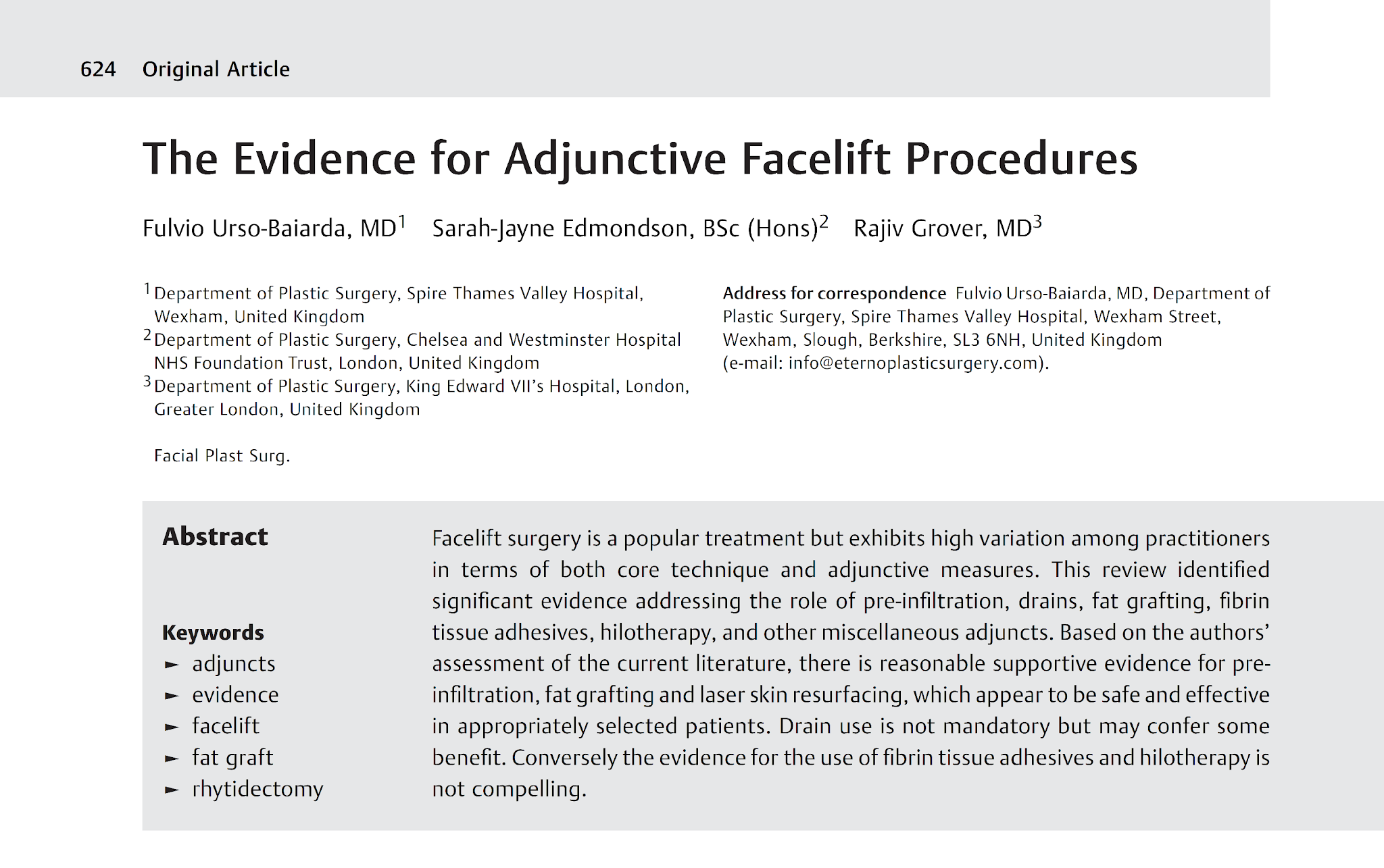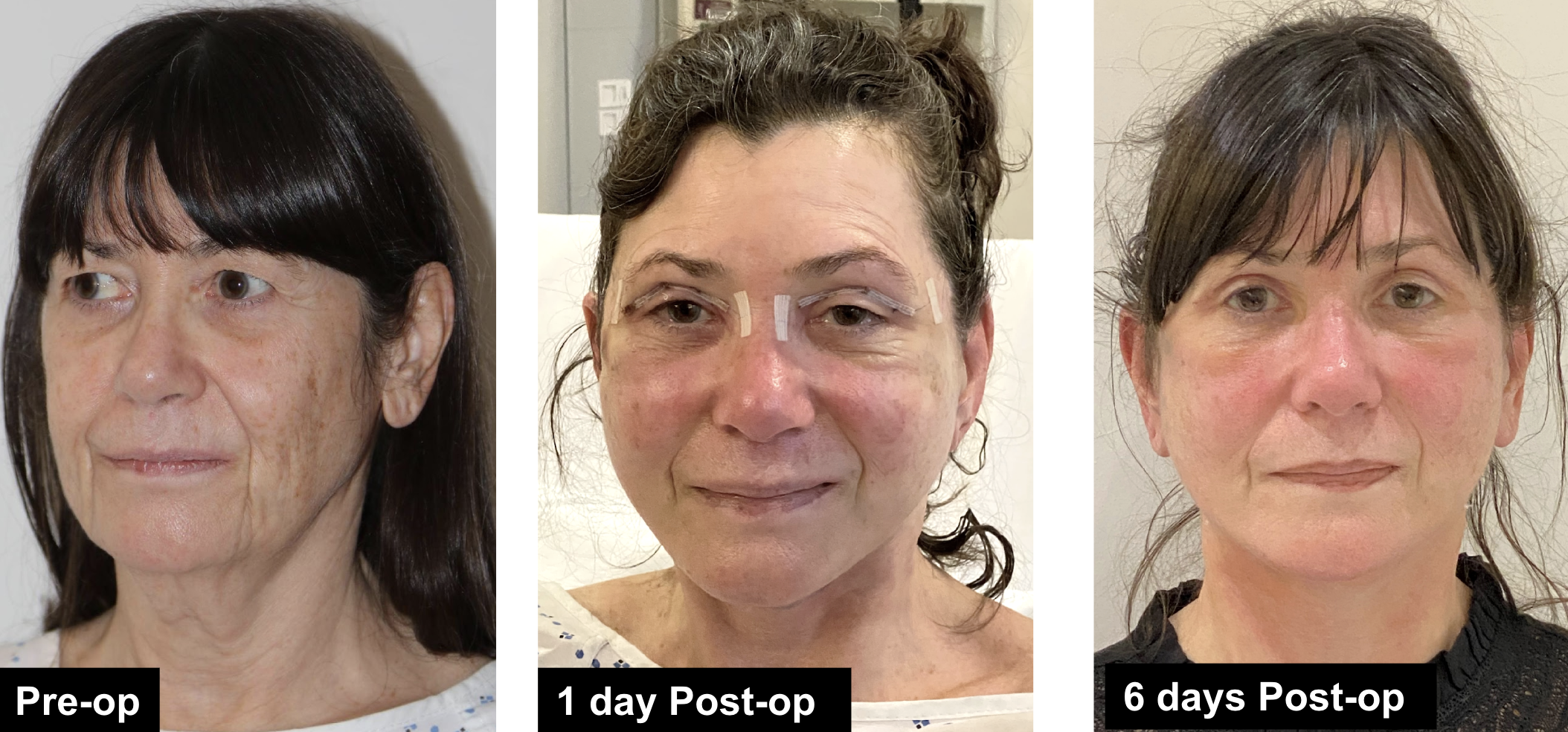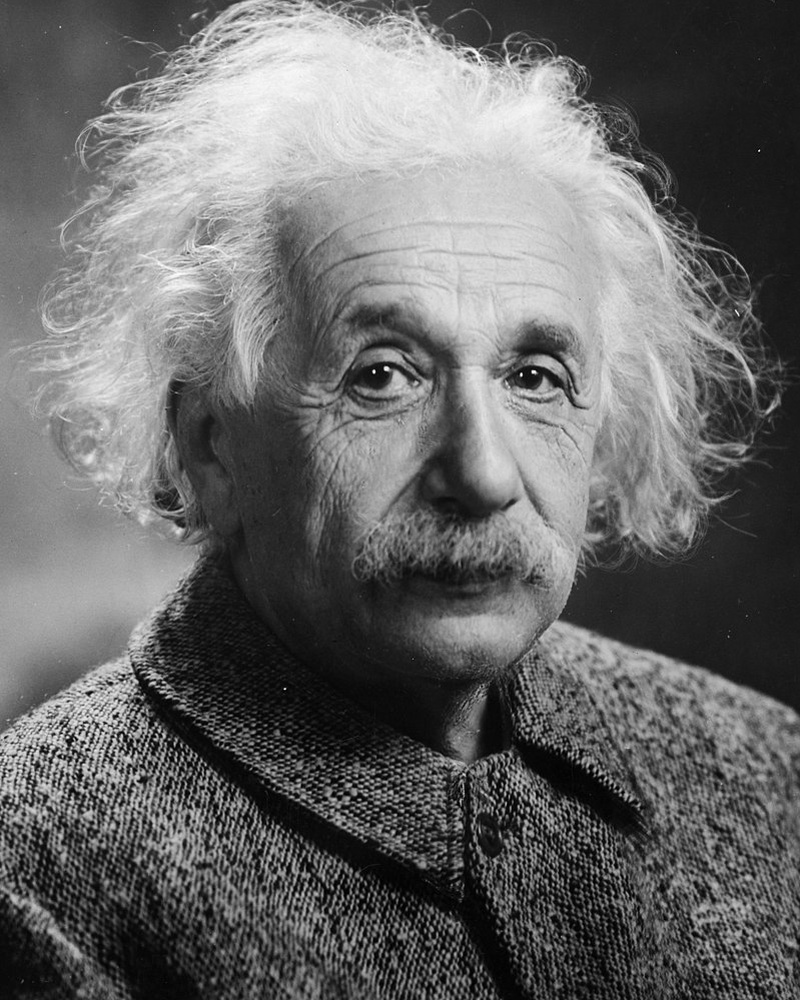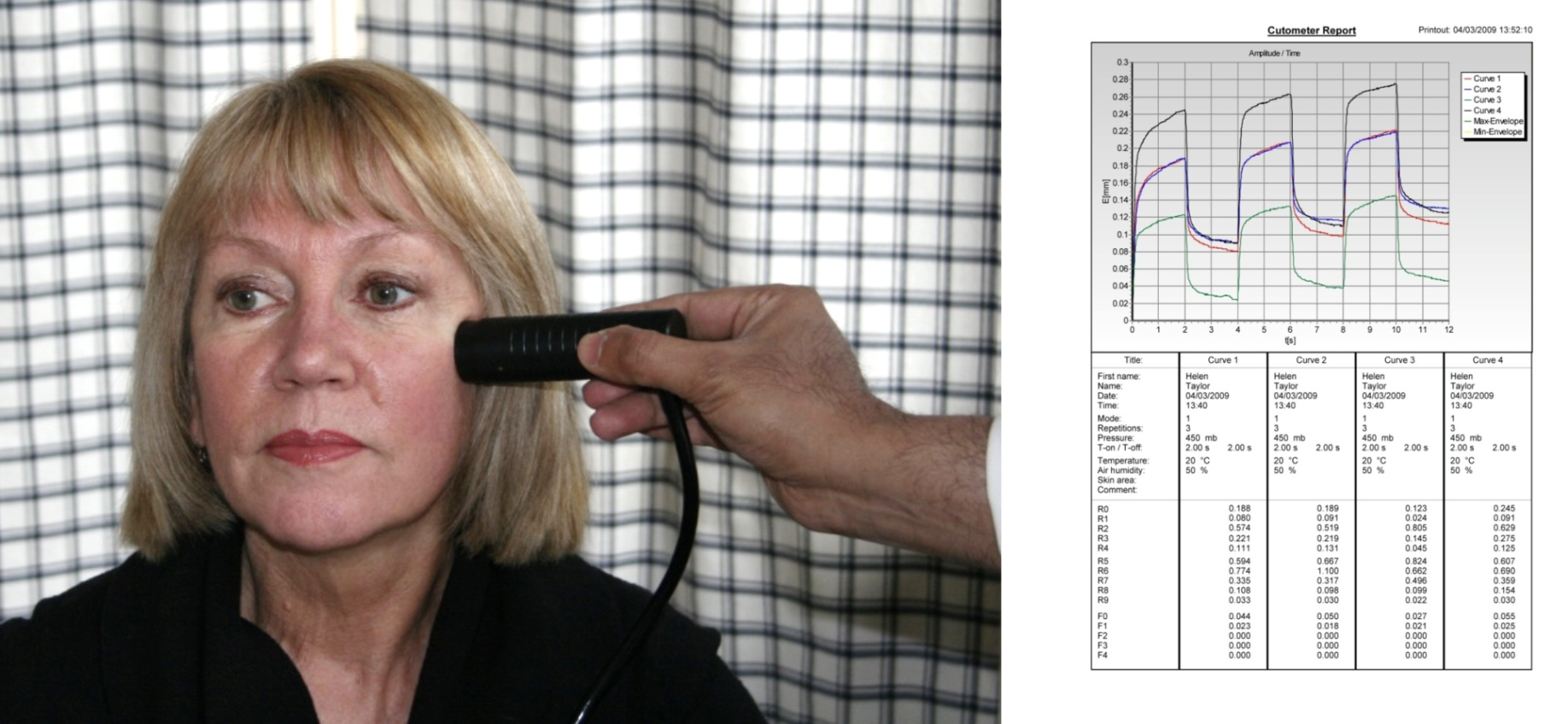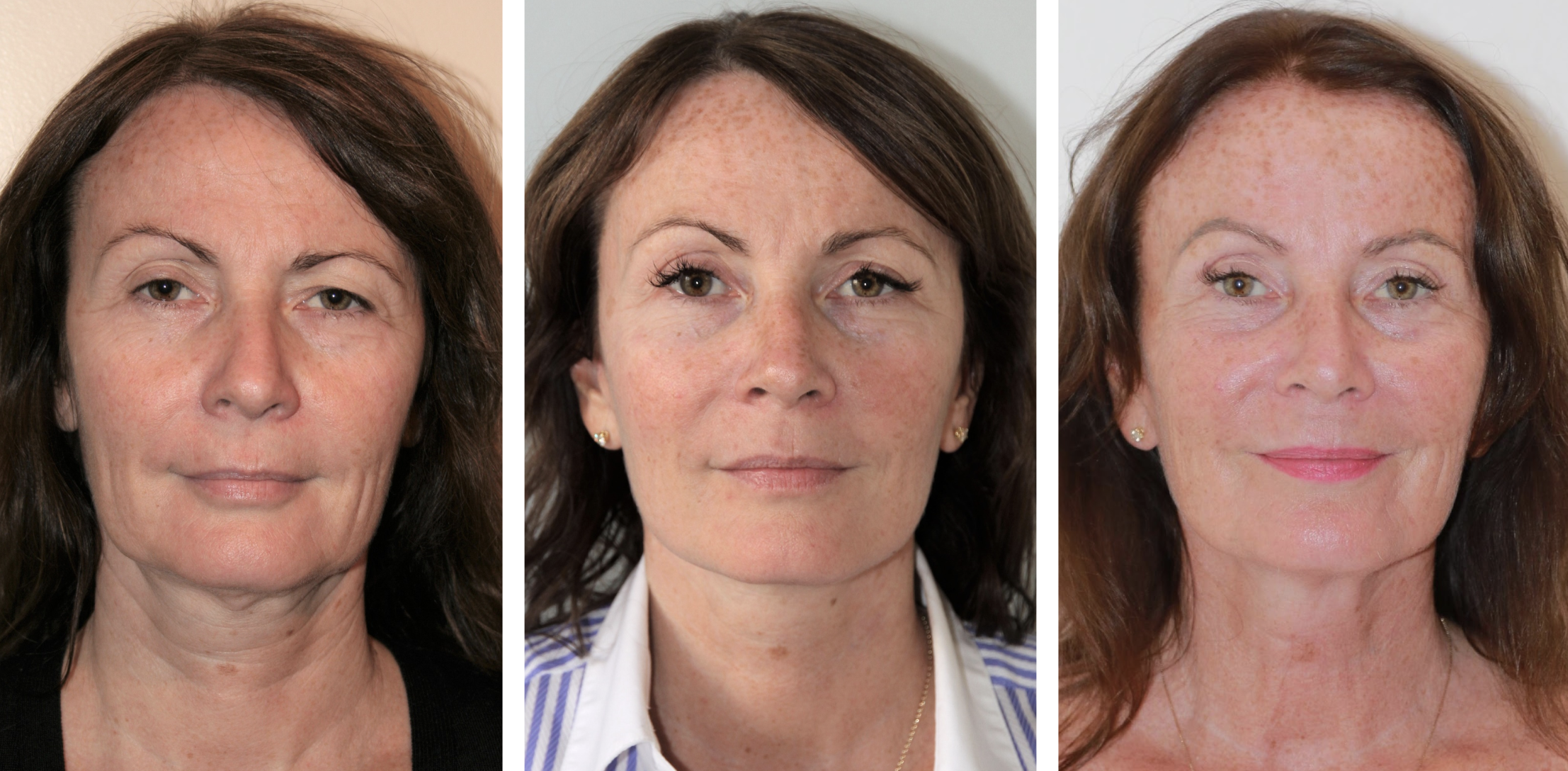The best way to deal with complications in facelift surgery is to avoid them! Rajiv undertook a landmark study into which risk factors were the cause of complications in facelifting looking at a large series of patients (1,038) treated at the Wellington Hospital, London just before he was appointed as a Consultant Plastic Surgeon. He used a unique mathematical technique called Multivariate Analysis which permitted different surgical risk factors to be analysed simultaneously and define which ones truly influenced the complication rate. Multivariate Analysis is powerful statistical research tool which at the time was being used by Microsoft, Apple, and NASA but this was the first ever study to use such methods in Facial Plastic Surgery. The study gave surgeons an algorithm when assessing patients to help reduce the risks of facelifting and clearly revealed which factors raised complication rates after facelift surgery:
RISK Factors
Deep Neck Surgery, especially involving salivary glands
Male patients
Patients with raised blood pressure
Type of facelift dissection
Patients on blood thinners or dietary supplements
Smokers
